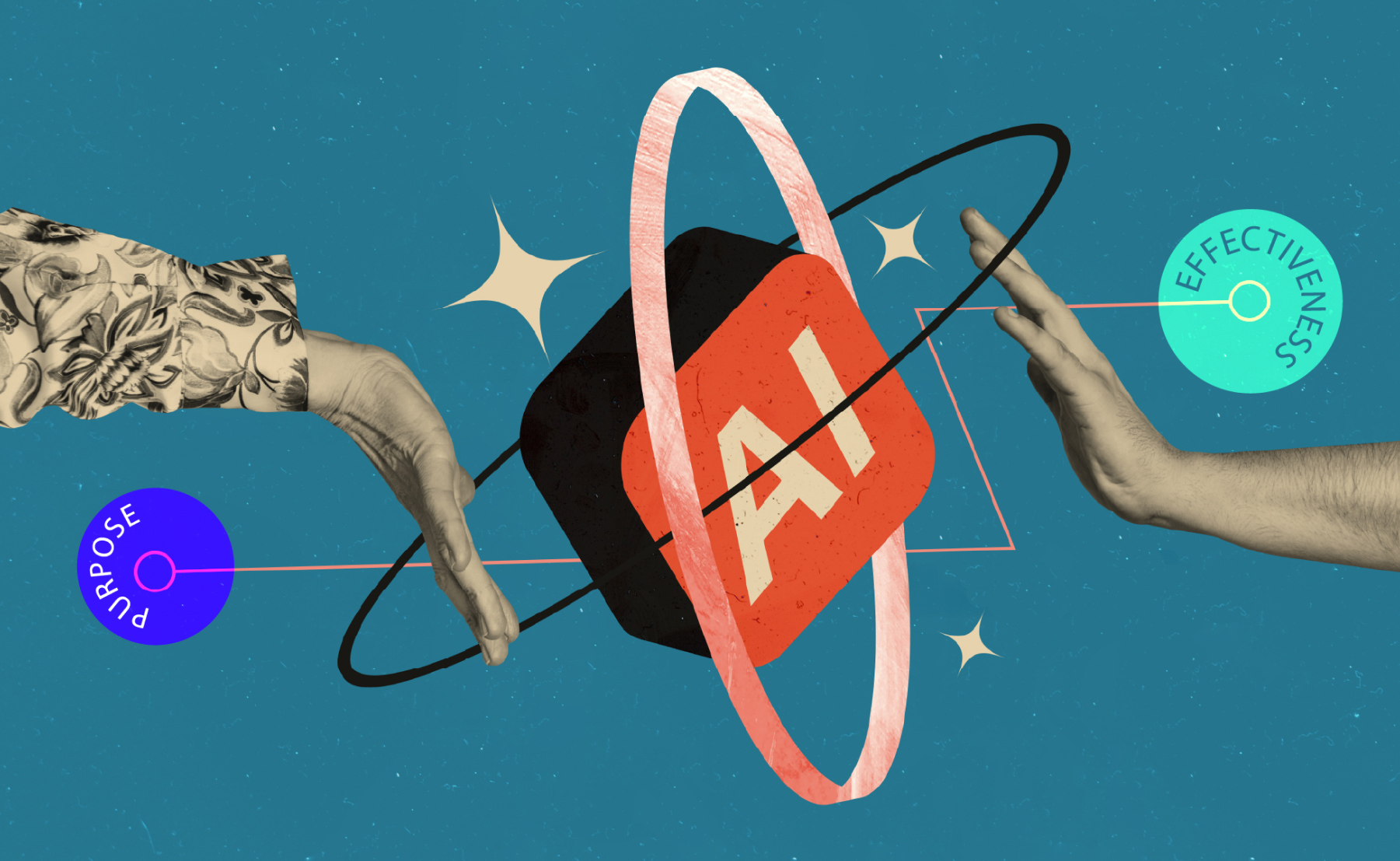Kiandra Insights
If you want trustworthy AI, don’t start with the tech


If you want trustworthy AI, don’t start with the Tech
“How do we make sure our AI systems behave responsibly, not just accurately?” We get this question a lot. Usually after something has already gone a bit sideways.
Here is the short answer: You build responsibility into AI from the very beginning.
Guided by our B-Corp principles, we see responsible AI as a balance of purpose and effectiveness. Clear policies help ensure systems behave as intended. Kiandra also draws from the OECD AI Principles, especially the focus on fairness. That’s why our decision-making framework includes specific checks to ensure ethical and fair outcomes.
Policy frameworks go beyond compliance checklists. They guide your AI to act ethically and reliably.
Let’s break it down.
Decision-making frameworks
This is your ethical core. You need it when the stakes are high, and outcomes are not black and white. Healthcare, Banking, Insurance - if your system affects real people, this layer adds judgment where automation alone falls short.
- Healthcare triage tools - AI helps prioritise patients, but ethics and fairness must guide those choices and not just speed or severity scores
- Loan approvals - AI models assess risk but should factor in fairness (for instance, not penalising applicants based on postcode)
- Employee hiring tools - Beyond matching keywords, AI needs to avoid bias and respect fairness and inclusion policies.
These frameworks help teams step back and ask: Should we make this decision, not just, can we?
Rules-based frameworks
These set the guardrails. They keep your AI within certain limits. Perfect for regulated spaces or when you need consistent behaviour.
- Chatbots in banking or insurance - these follow pre-set rules to handle routine tasks without drifting into risky territory
- Manufacturing automation - Robots follow strict protocols for safety and quality, definitely no freelancing allowed!
- Privacy compliance - AI handling personal data must follow specific data access, retention, and security rules (e.g., GDPR).
Here, predictability isn’t boring, it’s non-negotiable.
Utility-based frameworks
These aim for results, like more clicks, better pricing, smarter recommendations. They work well but need limits. Without guardrails, they might chase numbers without thinking about fairness or safety.
- Streaming recommendations (e.g., Netflix, Spotify) - Recommendation algorithms boost content engagement but need limits to avoid creating echo chambers
- Dynamic pricing for e-commerce or airlines - Pricing algorithms adjust prices in real time to maximise profit but should avoid discrimination or price gouging
- Route optimisation for logistics - Optimisation models calculate the most efficient delivery routes, while accounting for safety, legal, and environmental constraints.
These models chase performance but need ethical brakes, so they don’t game the system or cut corners.
The OECD AI Principles cover the basics like transparency, safety, accountability, fairness, and sustainability. If you’re setting up governance, start there but make it your own. To help you get going, we’ve shared our own decision-making template.
Why it matters
We’ve seen companies rush headfirst into AI and then scramble when something breaks. Legal headaches or brand damage aren’t cheap fixes!
So, start early. Use policy to guide behaviour before your AI goes live. Nail your decision-making. Put rules in place. And only then chase optimisation.
Think of your frameworks like living things... they need care and updates as your product changes. That’s how you keep AI sharp and trustworthy, no matter who’s watching.
If you'd like to learn about building AI into projects responsibly, let's talk.
More insights

How low code is transforming app development in insurance
Low-code development is changing how insurers build and modernise their systems. It’s faster, more flexible and helps bridge the gap between IT and business. Learn how platforms like OutSystems, and Kiandra’s delivery expertise, are helping Australian insurers move beyond legacy systems and deliver better digital experiences.

Your legacy software is on borrowed time
Your legacy systems are quietly costing you time, money, and opportunity. Learn why they are on borrowed time and how a modern, low-code approach can help you move forward with confidence.

Replacing legacy systems with modern custom software
Many organisations across Australia still depend on systems built decades ago. These platforms once did the job, but they now act as barriers to growth. They are costly to maintain, difficult to scale, and risky to secure. More importantly, they can no longer keep pace with the expectations of staff and customers.
Let’s discuss your next project
Whether you’re curious about custom software or have a specific problem to solve – we’re here to answer your questions. Fill in the following form, and we’ll be in touch soon.





.svg)


.svg)



